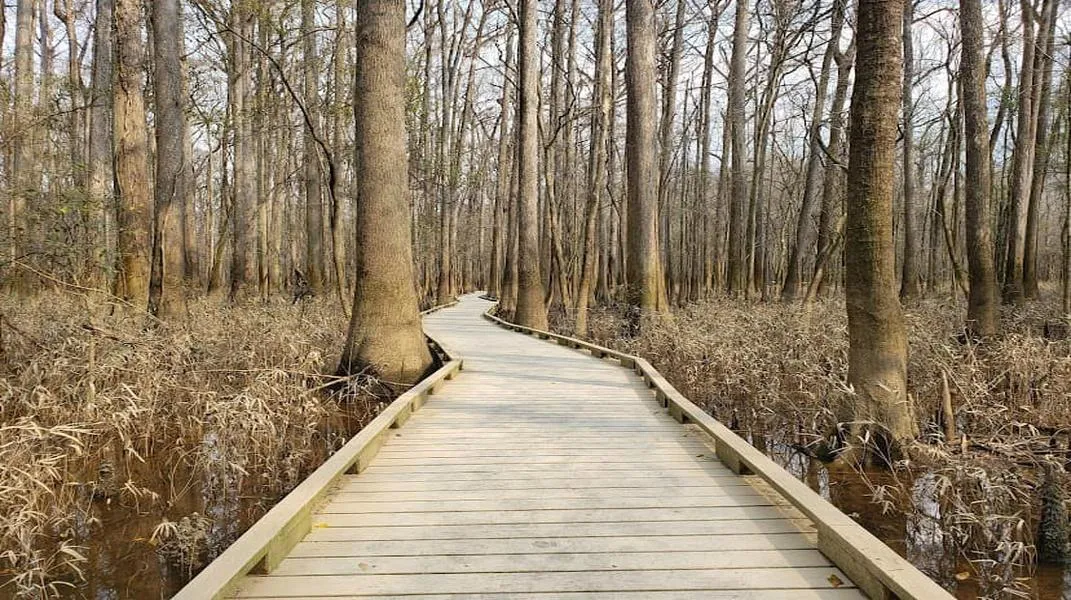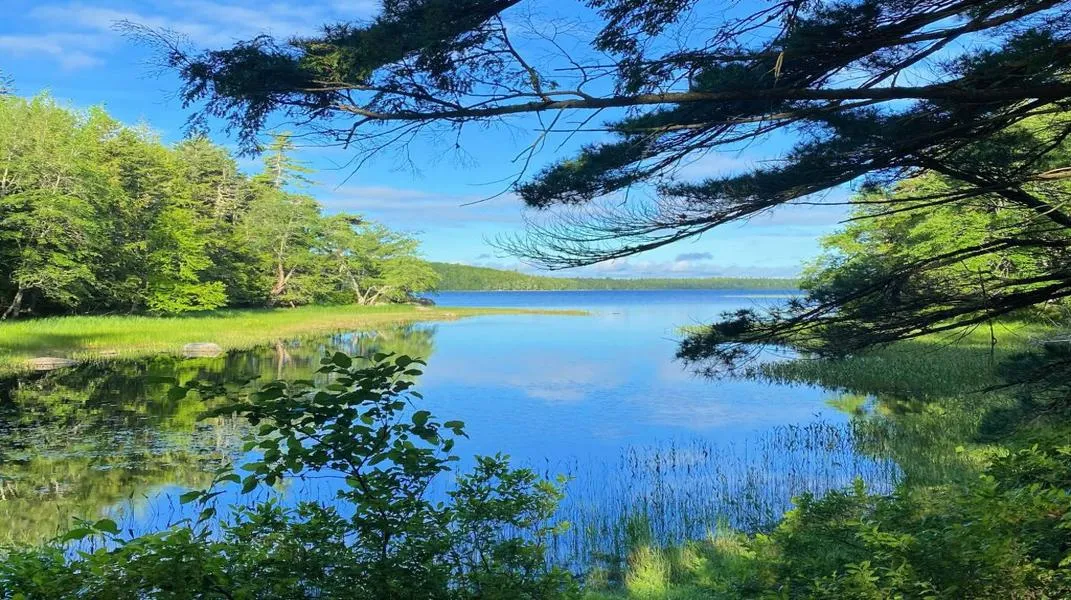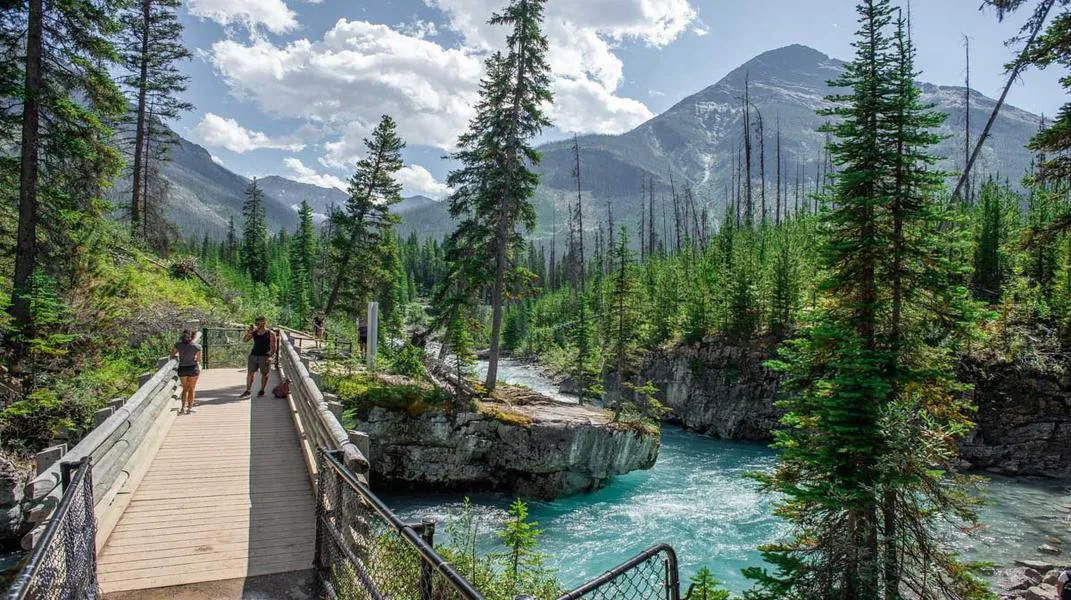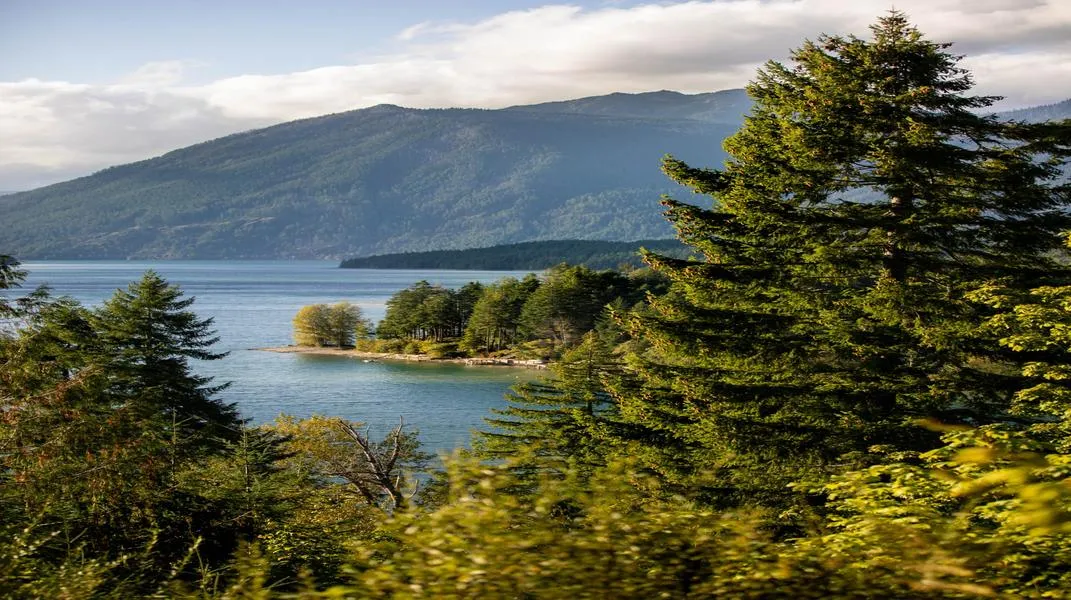Exploring the Majestic Sequoia National Park: A Comprehensive Guide for Visitors
Nestled in the southern Sierra Nevada mountains of California, Sequoia National Park is a breathtaking natural wonder that showcases some of the largest trees on Earth—giant sequoias. Established in
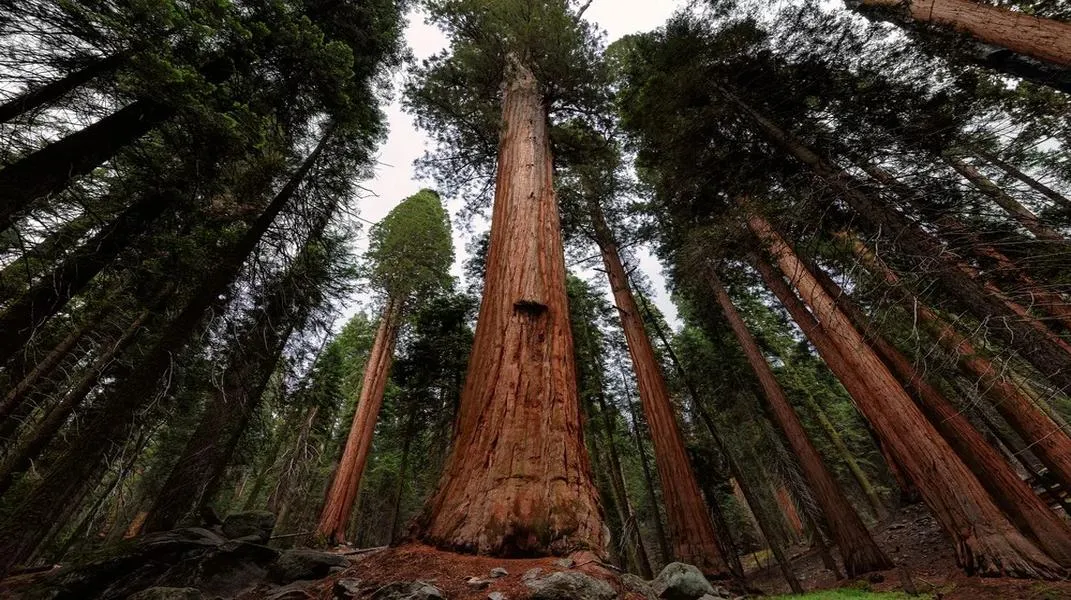
The Enchantment of Giant Sequoias
The primary allure of Sequoia National Park lies in its magnificent giant sequoias, scientifically known as Sequoiadendron giganteum. These colossal trees can grow to be over 300 feet tall and more than 30 feet in diameter. The most famous of these trees, the General Sherman Tree, is estimated to be over 2,200 years old and is the largest tree on the planet by volume. Standing before this natural giant, visitors are often struck by a profound sense of reverence and awe.
Aside from the General Sherman Tree, the park is home to several other notable sequoia groves, including the Giant Forest, which contains over 8,000 sequoia trees. Walking through these ancient woodlands is akin to stepping into a cathedral of nature, where the towering trunks and sprawling canopies create a serene and grand atmosphere.
Spectacular Landscapes
Sequoia National Park offers much more than just its towering trees. The park's diverse topography includes rugged mountains, deep canyons, and lush meadows. The park's elevation ranges from 1,640 feet in the foothills to 14,494 feet at the summit of Mount Whitney, the highest peak in the contiguous United States. This elevation gradient creates a variety of habitats, allowing for an incredible range of flora and fauna.
One of the most stunning landscapes in the park is the Crystal Cave, a marble cavern filled with stalactites, stalagmites, and beautiful crystalline formations. Guided tours of the cave are available, providing an enlightening experience about geology and the ecological importance of these underground environments.
Another must-see site is Moro Rock, a granite dome that offers panoramic views of the surrounding landscape. A steep, short hike leads visitors to the summit, where the sight of the Sierra Nevada mountains stretching into the distance is nothing short of breathtaking.
Wildlife Watching
Sequoia National Park is teeming with wildlife, making it a paradise for nature lovers and photographers alike. The diverse habitats support a wide array of species, including black bears, mule deer, bobcats, and over 250 species of birds. While bears are a common sight, visitors are reminded to maintain a safe distance and never feed them, as this can lead to dangerous encounters.
The park is particularly known for its birdwatching opportunities, with species such as the peregrine falcon, mountain bluebird, and Clark's nutcracker often spotted throughout the park. Early morning and late afternoon are the best times for wildlife viewing, as animals are most active during these cooler parts of the day.
Preparing for Your Visit
A trip to Sequoia National Park can be an unforgettable adventure, but preparation is key to making the most of your visit. Here’s a detailed guide on what to bring, what to wear, and how to plan your itinerary.
Essential Items for Your Trip
- Park Entry Pass: Before entering the park, make sure to acquire a park entry pass. You can purchase this online or at the entrance stations. Consider the America the Beautiful Pass if you plan to visit multiple national parks.
- Maps and Guides: Download or print park maps and brochures that outline key attractions, trails, and facilities. The park’s visitor centers, such as the Foothills Visitor Center and the Giant Forest Museum, offer helpful resources.
- Hiking Gear: Comfortable, durable hiking boots are a must, along with moisture-wicking clothing suitable for variable weather conditions. Bring a backpack to carry essentials such as water, snacks, and a first-aid kit.
- Hydration: Stay hydrated by carrying a refillable water bottle. Water refill stations are available at various locations throughout the park, but it's wise to bring extra water, especially if you plan on hiking.
- Food: Pack non-perishable snacks and meals if you plan to spend the whole day in the park. There are limited dining options available, so it’s best to be prepared.
- Camera and Binoculars: Capture the stunning landscapes and wildlife with a good camera or smartphone. Binoculars are also useful for birdwatching and observing distant views.
- Safety Gear: A whistle, flashlight, and a multi-tool can be helpful in case of emergencies. A map of the trails and a compass or GPS device can aid in navigation.
- Sun Protection: Sunscreen, sunglasses, and a wide-brimmed hat are essential, especially during summer months when the sun can be intense.
- Insect Repellent: Depending on the season, mosquitoes and ticks may be present. Bringing insect repellent can help you enjoy your time outdoors without annoyance.
- Firewood and Cooking Equipment: If you plan to camp, make sure to bring your own firewood, as collecting wood within the park is prohibited. Portable cooking equipment will also be necessary for meal preparation at campsites.
Park Regulations and Safety
Sequoia National Park is committed to preserving its natural beauty and ecosystems, so it's crucial for visitors to adhere to park regulations. Here are some important guidelines:
- Leave No Trace: Follow the Leave No Trace principles by packing out what you pack in. This includes all trash and leftover food.
- Wildlife Encounters: Keep a safe distance from all wildlife. Feeding animals is prohibited and can lead to dangerous situations for both humans and animals.
- Stay on Designated Trails: To protect delicate ecosystems, stick to marked trails when hiking. Venturing off-trail can cause erosion and damage to vegetation.
- Campfire Regulations: Check for fire restrictions before starting a fire. Campfires are only permitted in designated areas, and some times of the year may see complete bans due to fire danger.
- Weather Awareness: The weather can change rapidly in the mountains. Check forecasts and be prepared for rain, snow, or sudden temperature drops, especially in higher elevations.
Suggested Itinerary
To make the most of your visit to Sequoia National Park, consider this suggested itinerary, which covers key attractions and activities over three days:
Day 1: Arrival and Exploration in the Giant Forest
- Morning: Arrive at the park and stop by the Foothills Visitor Center to gather maps and information.
- Afternoon: Head to the Giant Forest to see the General Sherman Tree. Take the short loop trail to enjoy the sights and learn about the ecology of the sequoia grove.
- Evening: Settle into your campsite or accommodation. Enjoy a campfire dinner under the stars.
Day 2: Hiking and Scenic Views
- Morning: After breakfast, embark on the hike to Moro Rock. The climb is steep but well worth the effort for the incredible views.
- Afternoon: Explore Crescent Meadow, a picturesque area filled with wildflowers and serene landscapes. Consider taking the easy loop trail around the meadow, which offers stunning photo opportunities.
- Evening: Return to your campsite or lodge. If you’re camping, share stories around the campfire.
Day 3: Crystal Cave and Wildlife Watching
- Morning: Take a guided tour of Crystal Cave. Be sure to book your tickets in advance, as they often sell out.
- Afternoon: Spend the rest of the day wildlife watching. Bring binoculars and find a quiet spot to observe the park's animals in their natural habitat.
- Evening: Take a leisurely hike at sunset to capture the changing light on the sequoias.
Conclusion
Sequoia National Park is a treasure trove of natural beauty, offering visitors the chance to experience some of the oldest and largest living organisms on Earth. With its awe-inspiring landscapes, abundant wildlife, and myriad recreational opportunities, it’s no wonder that this park is a beloved destination for outdoor enthusiasts and nature lovers.
Whether you're hiking through the tranquil groves of giant sequoias, marveling at the stunning vistas from Moro Rock, or exploring the depths of Crystal Cave, Sequoia National Park promises an unforgettable adventure. By preparing adequately and following park guidelines, you can ensure that your visit is safe, enjoyable, and respectful of this precious natural environment. So pack your bags, lace up your hiking boots, and get ready to explore one of America’s most iconic national parks!

